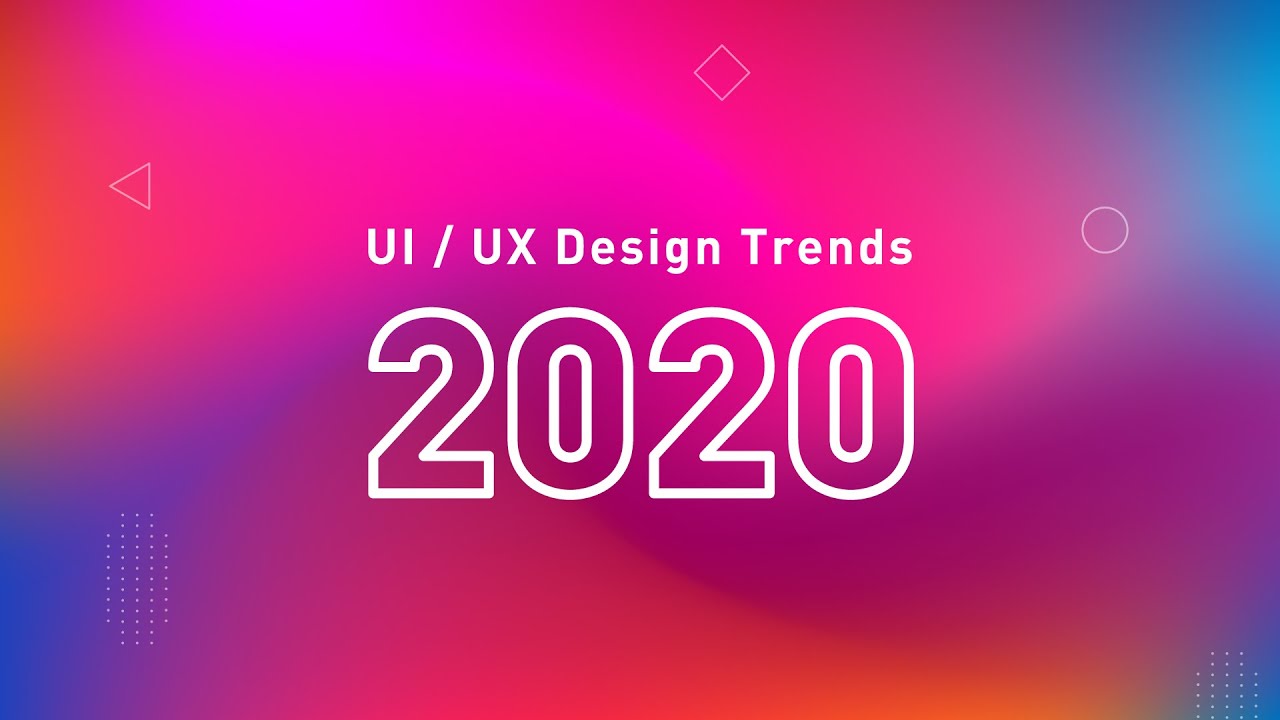User interface (UI) and user experience (UX) design are two important components of any website, mobile app, or other product. Although the terms UI design and UX design are often used interchangeably and are commonly confused with each other, there are differences between these two types of designs.

UX design refers to how design impacts users’ overall experience with a product. It specifically refers to interactive portions of the design, such as when consumers interact with computational design features. UI design, on the other hand, refers to how design contributes to the look and functionality of a product. UI design has to do with the overall presentation of a product, while UX design deals with consumers’ overall experience with the product.
Both UI and UX design are very important and can make or break the success of a product. UX and UI design trends are constantly changing, and it’s important to keep up with them in order to design products in ways that better appeal to consumers. With that being said, keep reading to learn more about the top 5 UI and UX design trends for 2020.
1. Computational Design
Computational design is continuing to evolve at a rapid rate and AI continues to advance and make its way into more components of apps and websites. As such, computational design is a major trend for UI and UX designers to watch out for in 2020.
Introducing more computational design into your Web and mobile app designs this year can help improve the usability of these interfaces for your consumers, which can, in turn, improve users’ satisfaction with their experience.
2. Animation
As technology continues to advance, animation has become increasingly easy to insert into mobile apps, Web pages, etc. Plus, animation no longer has to take up its own page.
You can insert a small, simple animation into one corner of a Web page to add some eye-catching interest to that page while still filling the rest of the page with written information or other designs—or nothing at all, as you will see below that empty space is another major UI design trend for 2020.
3. Asymmetry
Asymmetry is an offbeat design trend for 2020. If one side of a Web page is filled with words and designs, don’t feel like you have to fill the other side up as well. Asymmetrical Web pages and app designs help capture consumers’ attention and refocus it on the interface at hand.
In fact, empty space is another major design trend that has risen to the top of the charts for 2020. Surrounding long blocks of text and dense imagery with a significant amount of empty space acts as a palette cleanser for consumers. It helps them digest what they have just read or seen. Empty space also captures and holds their attention in its own way because it creates stark contrast that is undeniably eye-catching and attention-grabbing but doesn’t demand additional brainpower.
4. Natural Colors
Natural colors are another design trend for 2020 that UI and UX designers can implement in their own designs. Brighter colors were all the rage in 2018 and 2019, but 2020 has brought with it a more muted color palette of pastels and natural colors.
Color gradients are also trending for 2020. Glaring color gradients with sharp color contrasts are not a part of this trend. Instead, muted and gradual gradients that shift peacefully from one shade to the next are the most aesthetically-pleasing for 2020 consumers.
5. Human Design
Last but not least, human-centered design is one of the most important UI and UX design trends for 2020.
As AI continues to evolve and automation begins to play an increasingly significant role in Web and app design, consumers have begun to place a higher value on a human-centered design that feels like it was made by real human beings rather than by robots.
Web and app users want to feel like the visual designs they’re looking at and the writing they’re reading were created by real human beings and demonstrate their own unique human voice.
As the world becomes more and more automated, Web and mobile app users have begun to value human writing and visibly human designs—such as digital illustrations—more heavily. Including human-centered design features in your products’ interfaces will encourage more consumers to engage more actively with your product.
These 5 trends don’t come close to encompassing all of the top digital design trends for 2020. However, they do capture the essence of what’s trending in UI and UX design for 2020 to give you some ideas for some design features to implement into your products’ interfaces to better engage and excite consumers this year.

